Long before cherry blossoms became a springtime symbol of Washington, D.C., they were the dream of a woman whose love for Japan transcended geography and time. Eliza Ruhamah Scidmore was not only a travel writer — she was a bridge between cultures.
Born in 1856, she journeyed through Asia at a time when few women traveled independently, documenting what she saw with rare empathy and precision. Her writings — especially Jinrikisha Days in Japan (1891) — revealed a nation in the midst of transformation, balancing modern progress with poetic grace.
Among all she witnessed, it was the sight of Japan’s sakura that captivated her most: their fragile beauty, their fleeting bloom, and the quiet reverence they inspired.Upon returning to Washington, she envisioned these blossoms softening the capital’s landscape, bringing to America a piece of Japan’s spirit with the idea of planting cherry trees along the reclaimed waterfront of the Potomac River. Beginning in 1885, she petitioned the U.S. government for years, her proposal initially met with polite dismissal — yet she persisted.
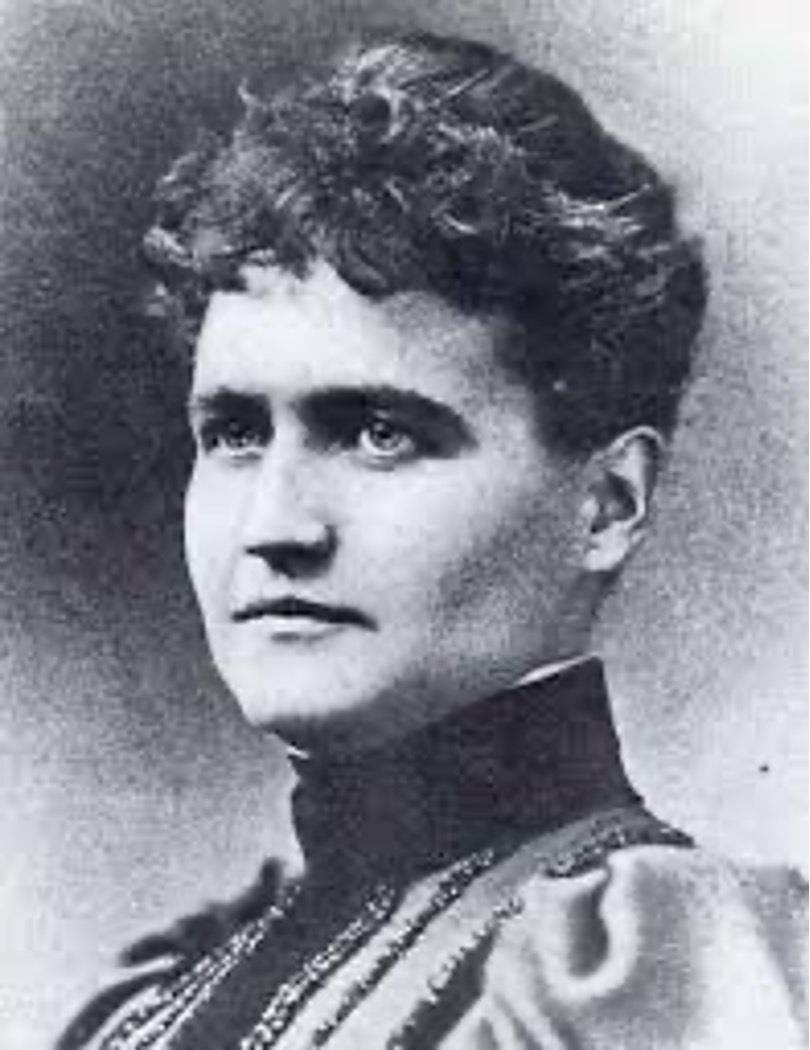
Eliza Ruhamah Scidmore was a pioneering American journalist and travel writer whose curiosity carried her across Alaska, Japan, Java, China, and India. As the first woman to serve on the board of the National Geographic Society, she turned observation into bridge-building — most memorably when she envisioned Japanese cherry trees gracing Washington, D.C., a dream that finally blossomed into reality in 1912.
Her patience finally bore fruit when First Lady Helen Taft supported her vision. In 1912, more than 3,000 cherry trees arrived from Japan — a gift that transformed the Potomac’s banks and became a living emblem of friendship between two nations. The trees flourished, their blossoms marking each spring with a gentle reminder that diplomacy can bloom from beauty, and that cultural understanding often begins with admiration.
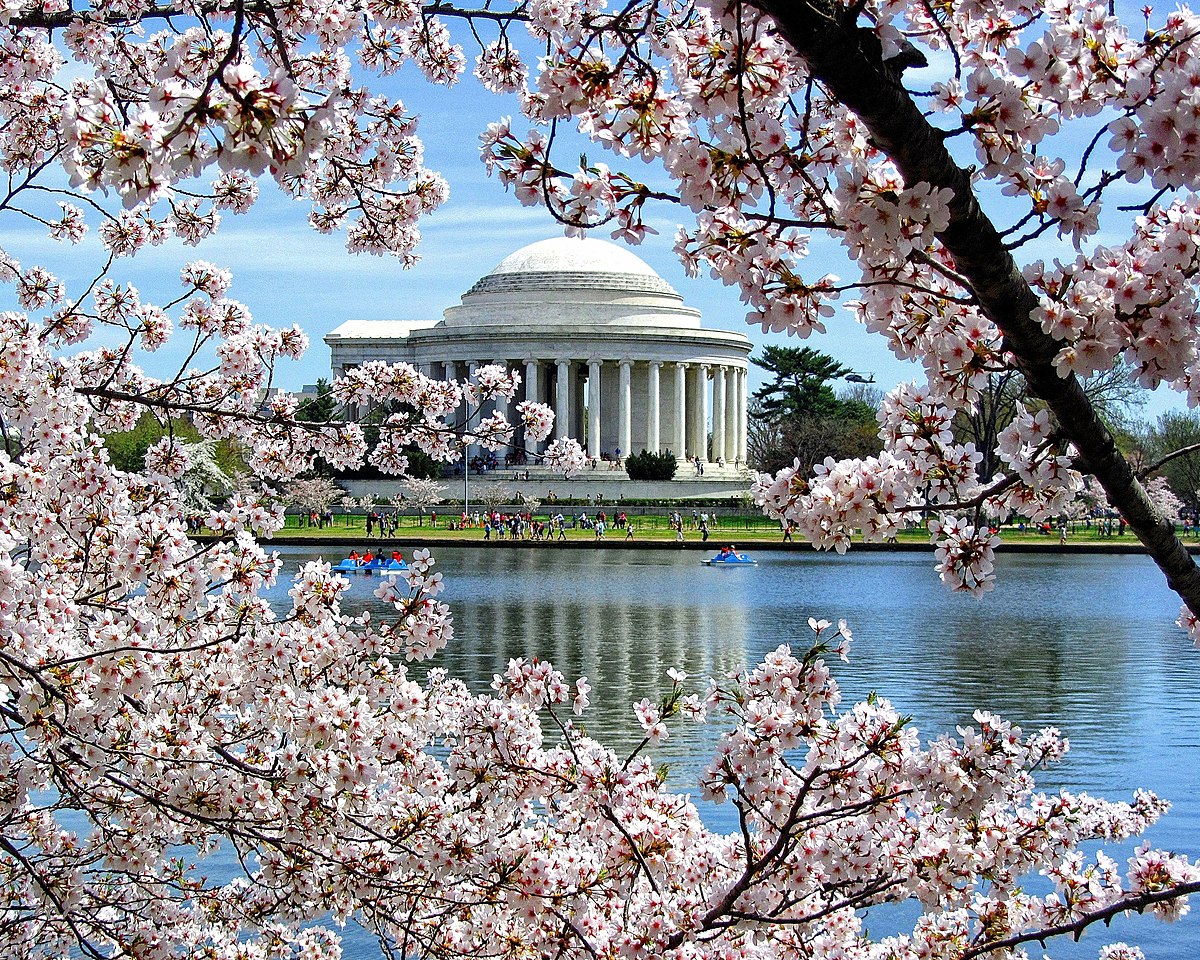
The Scidmore Sakura Sapling Project
More than a century later, Scidmore’s vision has quietly journeyed home. The Scidmore Sakura Sapling Project in Japan nurtures the descendants of those very Washington trees, now reintroduced to Japanese soil as living symbols of cultural continuity. These saplings — lovingly cultivated and grafted from the original lineage — embody a cycle of exchange that transcends borders and generations.
In partnership with local artisans, cultural institutions, the project offers participants a chance to plant their own “Scidmore Sakura.” For those considering a journey to Japan, this is an opportunity to take part in a living tradition that blossoms beyond time and borders.For families, it becomes a legacy tree. For couples, a symbol of eternal love. For philanthropists and business leaders, it is an act of cross-cultural connection — one that endures long after the petals fall.
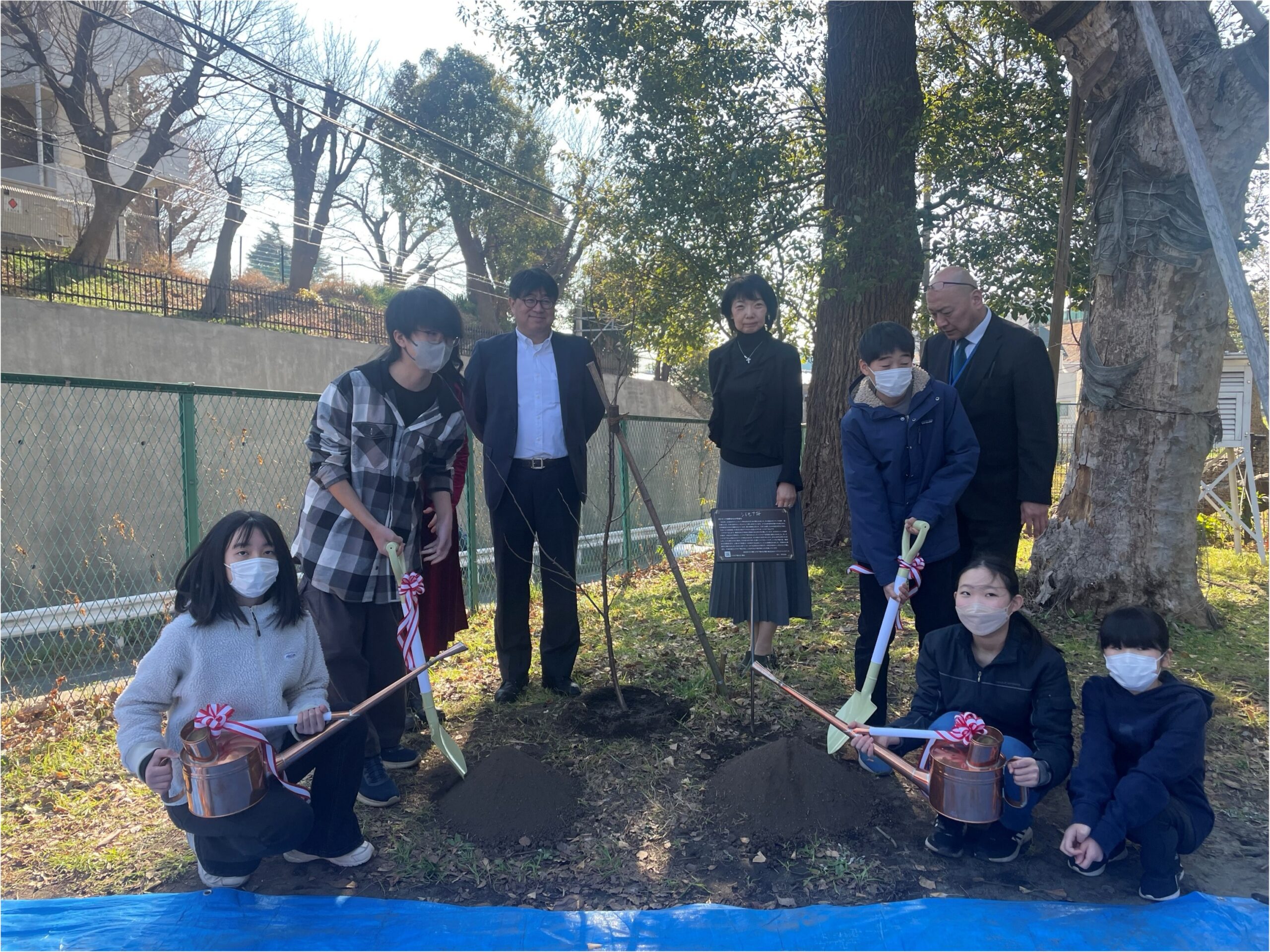

Each contribution includes the planting of a tree, a personalized signboard, a ceremonial experience, and annual photographic updates of the sapling’s growth — a tangible reminder of how beauty, when shared, multiplies. This experience also includes a cherry blossom–themed gastronomic journey, inspired by Jinrikisha Days in Japan, Scidmore’s own travelogue that first introduced the charm of Japanese culture to Western readers.
The project’s deeper purpose lies not just in preservation, but in participation. To plant a Scidmore Sakura is to become part of a living bridge — one that connects past and present, East and West, heritage and hope. In a world that often feels divided, these blossoms remind us of what endures: curiosity, compassion, and the quiet grace of shared humanity.
If you are planning your next vacation or company trip, don't leave anything to chance. Contact a travel designer for personalized itinerary planning, expert advice on the best venues and destinations, insider access, and more.
Some journeys begin with a map—ours begin with meaning. As a member of The Travel Club, you unlock tailored consulting, personalized recommendations, elite privileges—and access to our curated network of trusted local experts. Every itinerary is crafted with precision; every journey, a signature luxury experience. From moonlit honeymoons to far-flung retreats, your travels become stories only you could live—designed by those who truly know.
About the author
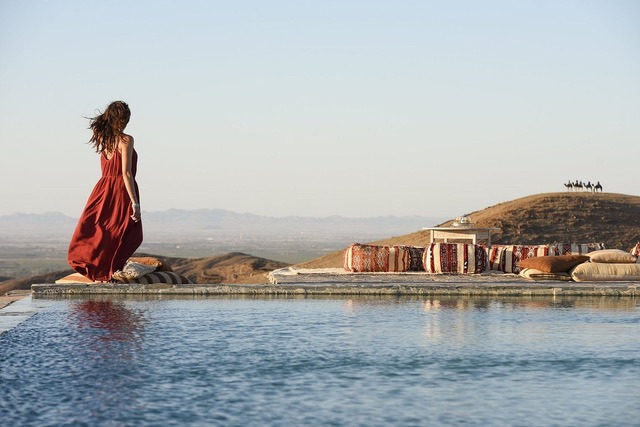
Subscribe
-
 A Seat at the Edge of Space, Inside Zephalto’s Vision of the Ultimate Journey
A Seat at the Edge of Space, Inside Zephalto’s Vision of the Ultimate Journey -
 My Dubai First Christmas
My Dubai First Christmas -
 Komodo Island, a Reminder of Nature Unchecked
Komodo Island, a Reminder of Nature Unchecked -
 Scidmore Sakura, Where Blossoms Bridge Worlds and Generations
Scidmore Sakura, Where Blossoms Bridge Worlds and Generations -
 Editor's Note, Leave It Better Than You Found It
Editor's Note, Leave It Better Than You Found It


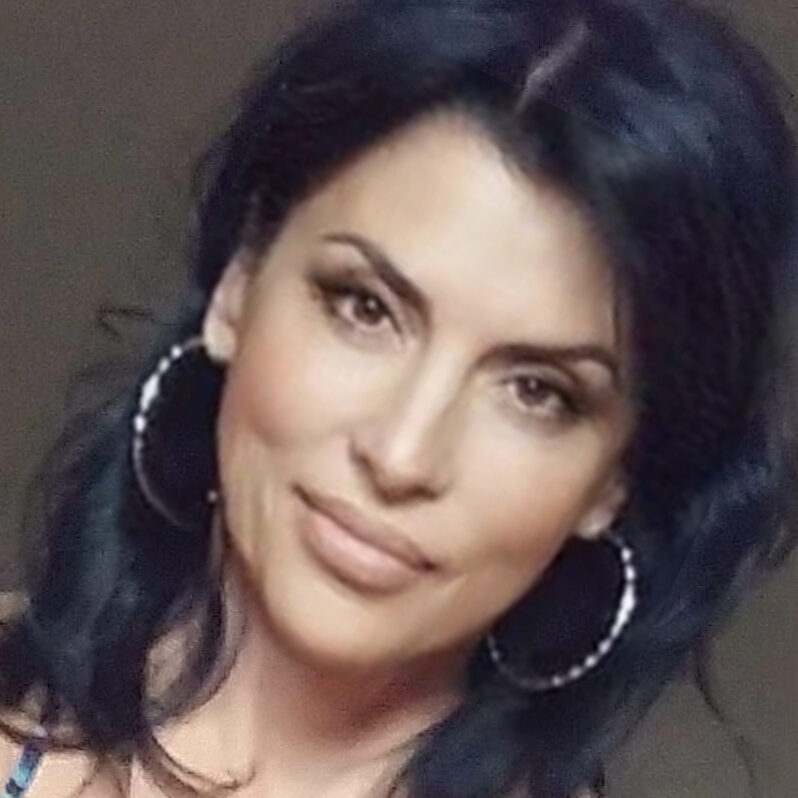





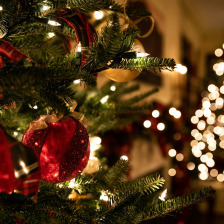

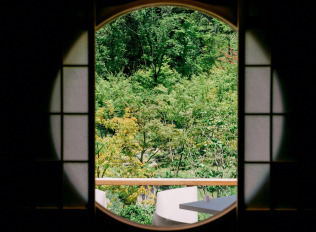
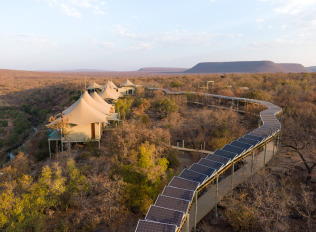


Leave a Reply